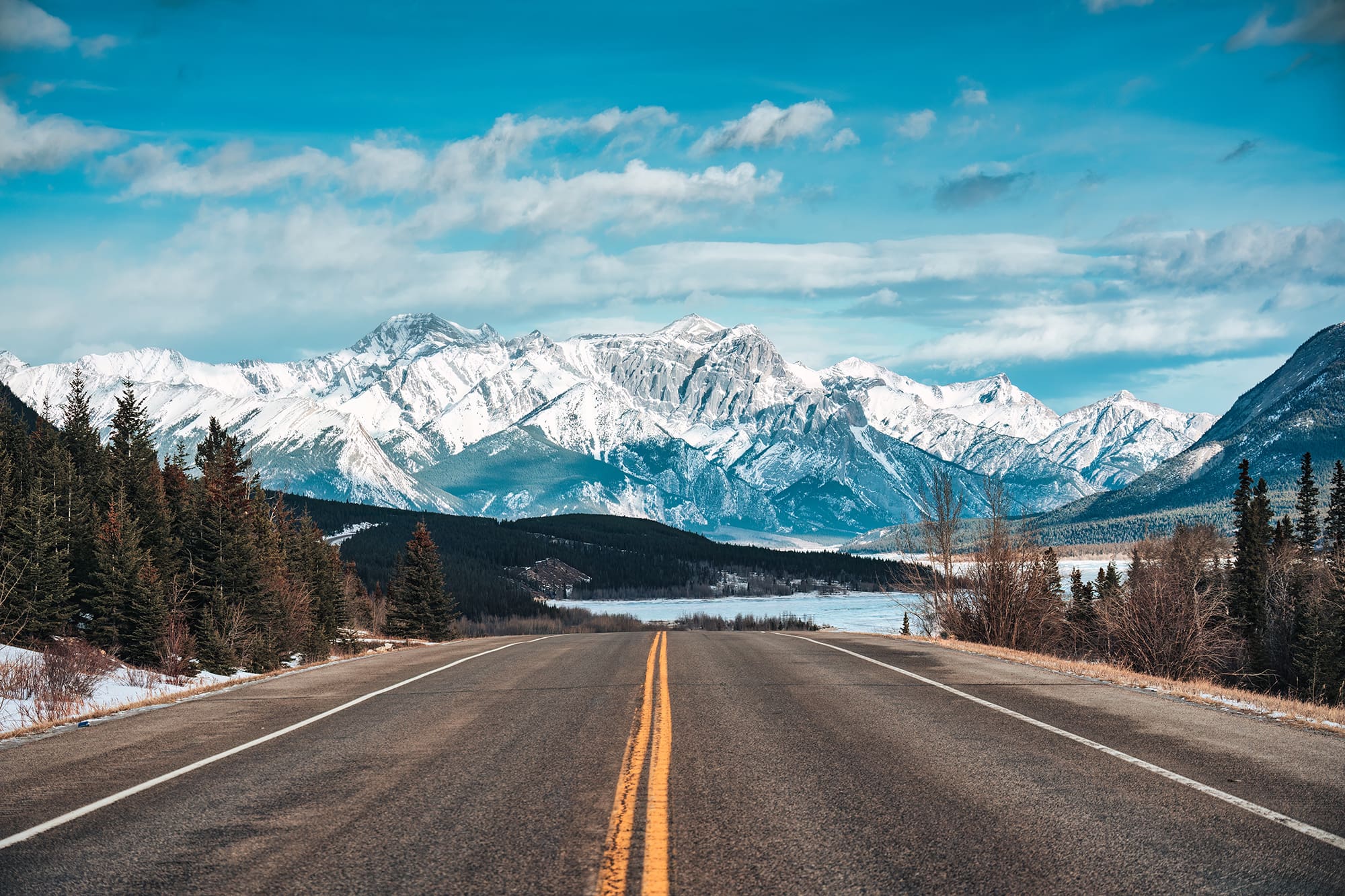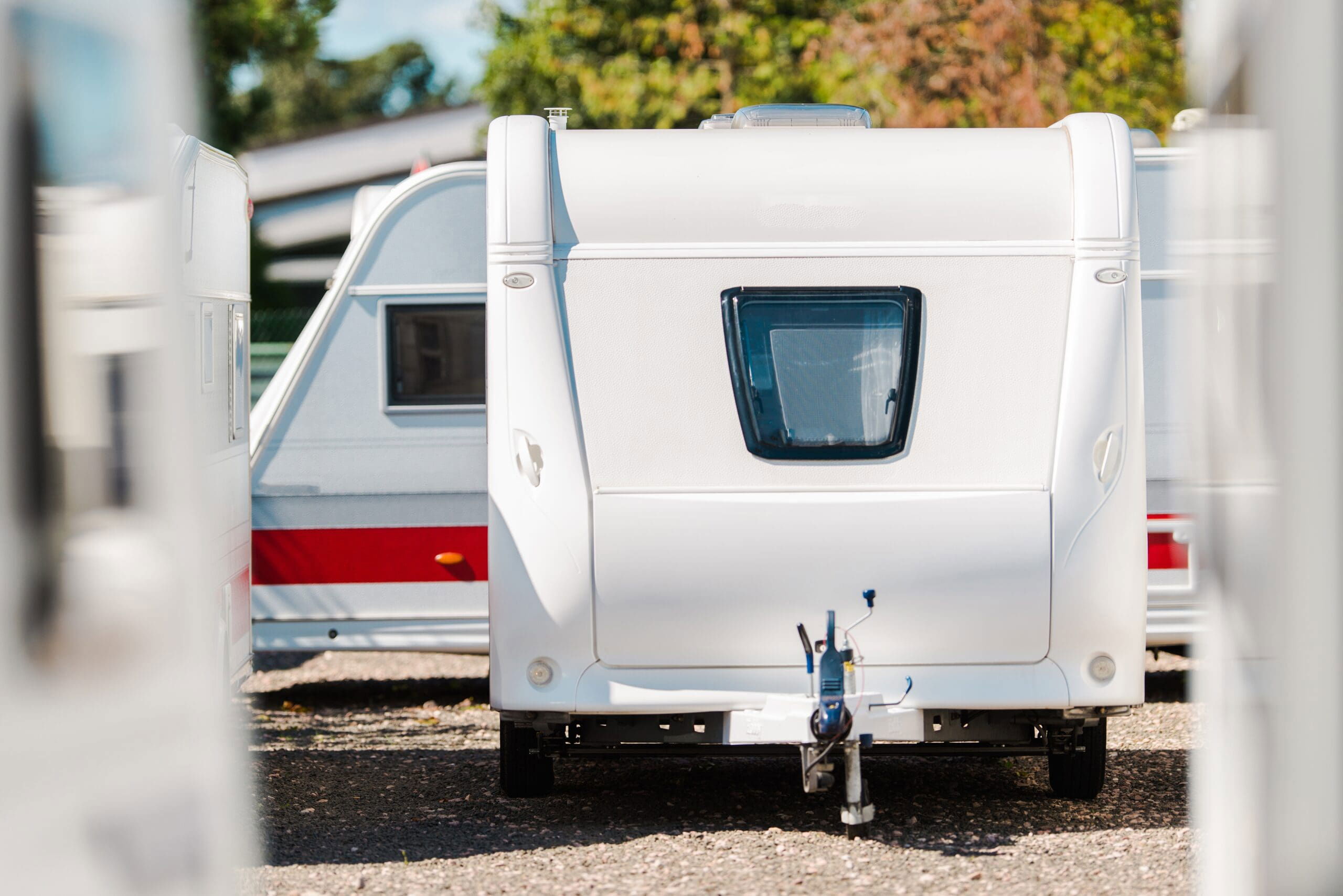All sealants have a lifetime. Over time, it will start to dry out, UV rays will wear it down, all the moving and shaking from rough country roads will cause cracking, and eventually, if unchecked, will start allowing water in.
So what are the two most important factors in preventing water damage from failing sealant? Inspections and cleanliness.
The best way to prevent water damage is through regularly inspecting your RV and keeping it clean. By keeping your RV’s exterior clean, you will be able to spot trouble areas as soon as they start, rather having problems hidden under dirt build up. At least twice a year is recommended, depending on how you use your RV. If you’re like many Canadians who store their RV during the winter, make it a habit to inspect and clean before and after storage.
Choosing the right products
Before you start, make sure you have the right products for the job. There is no one-size-fits-all solution for sealant, so seek out expert advice on the best product for your specific RV, as well as climate.
A product that’s great on the prairies might not be the best on the wet west coast. You’ll deal with more UV damage in sunnier climates, and deal with a higher chance of mold and mildew issues in wetter areas.
Never use silicone caulking on RVs, not only does it make a mess, but it is virtually impossible to remove. Silicone will also pick up plenty of dirt and grime as you travel.
The roof
The roof tends to be the biggest concern for leaks. Since it is always exposed to the elements, it receives the most UV rays. Sap and animal droppings can also collect on your roof, and will eventually start to eat away at the membrane, especially on older RVs.
Not only will regularly cleaning your roof prevent damage from sap and animal droppings, but it will also allow you to spot any damage or wear easily.
Once cleaned, look for Lap Sealant for rubberized roof membranes. It comes in several different colours and is self leveling. It will settle into any nooks and crannies, providing good protection for the roof membrane.
Once that is done, inspect and touch up any caulking around the roof vents or other seams.
The sidewalls
On the sidewalls of your RV, be sure to inspect each corner seam. Putty sealant is used under the moulding, and the edges are then finished with caulking. This is also true of any area where a hole has been cut into the RV, such as storage compartments, roof vents, windows and doors.
This putty sealant can also dry out over time, so instead of repeatedly patching the outside caulking, it will sometimes be best to pull the molding off and redo the putty sealant first.
If the molding pulls off to reveal rusty screws, that can be a warning sign for water penetration.
Tips for applying the sealant
On modern RVs, you don’t need to remove the old sealant before applying more, unless it is peeling off. You can simply touch up any areas that need it, right over top of the old product.
Get yourself a caulking gun, and then apply sparingly, a thin line is usually enough.
When in doubt, ask for help
Don’t feel comfortable up on your roof, or want to save yourself the time and leave it to the pros? Bring it in to your local RV Care dealer for an annual inspection, and don’t let water damage dampen your next camping trip.















